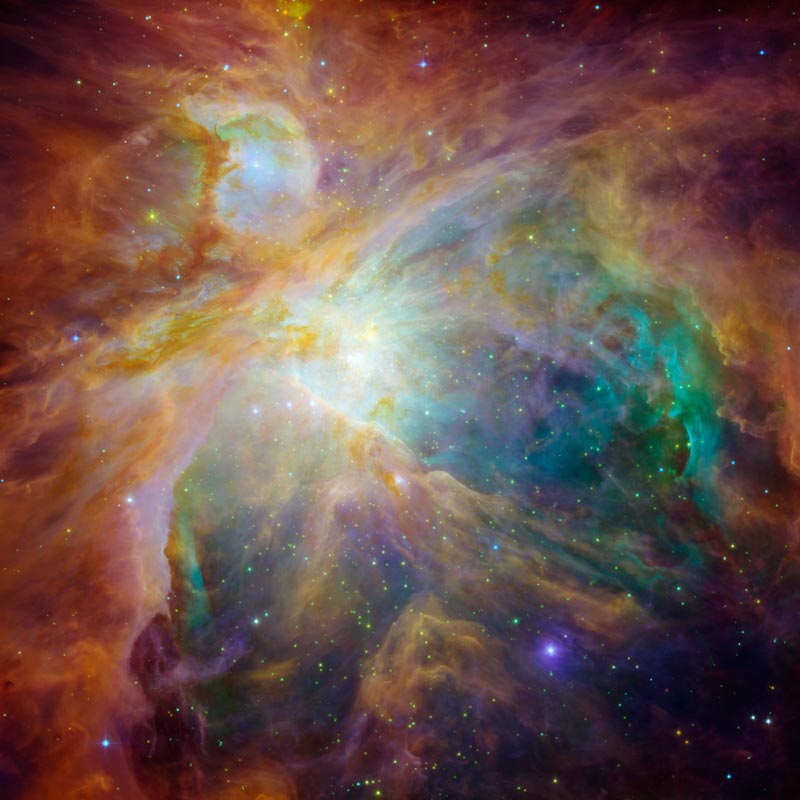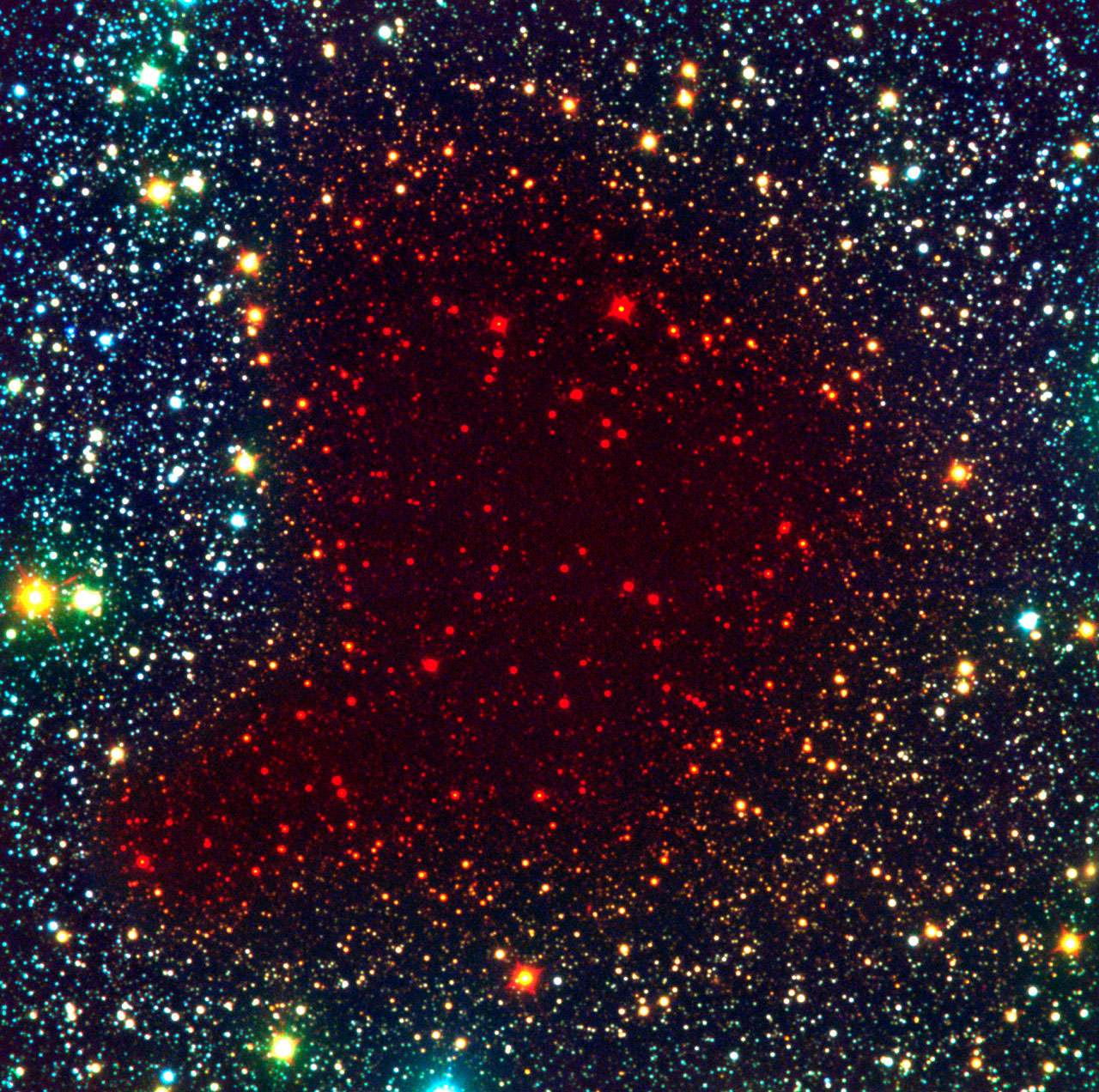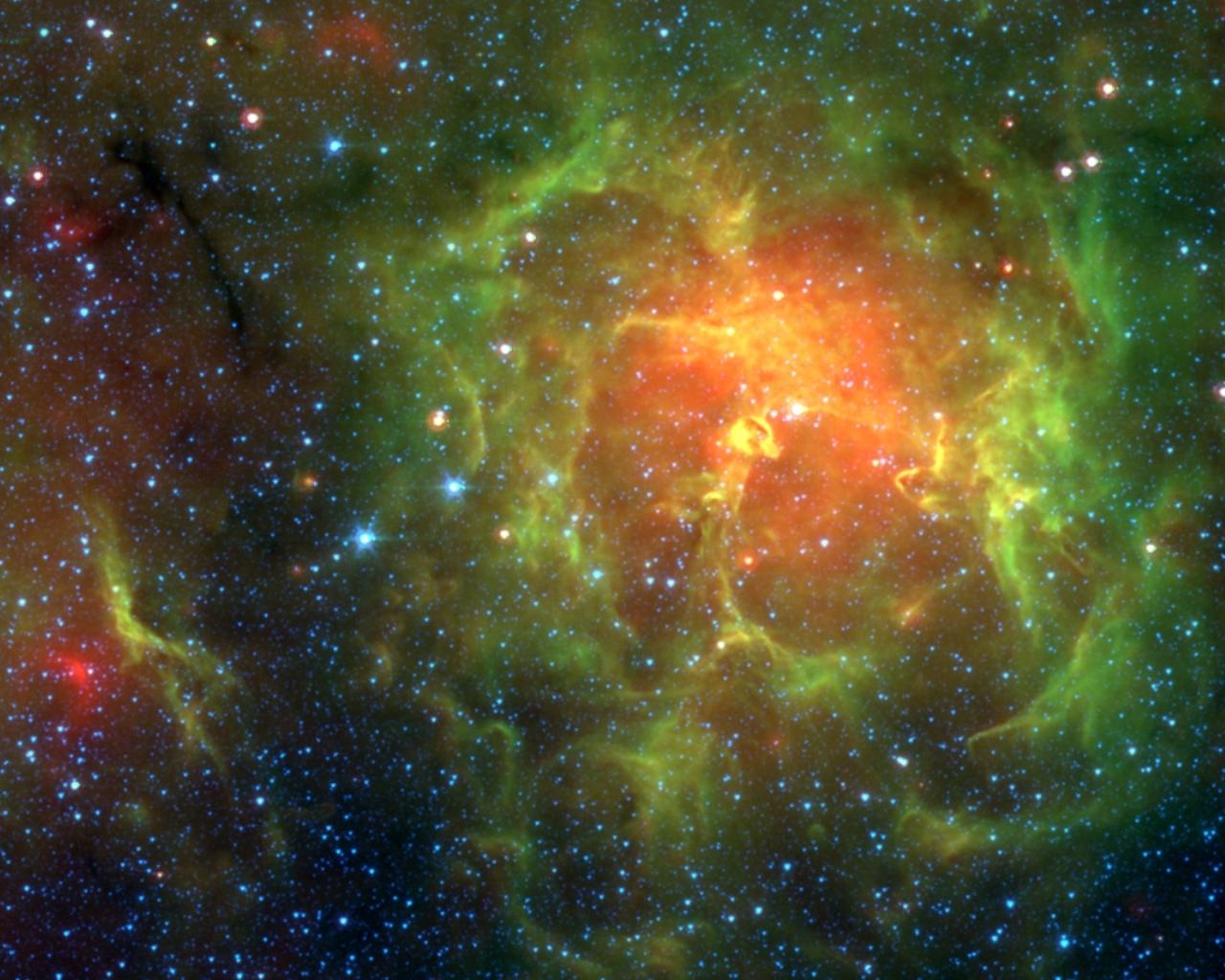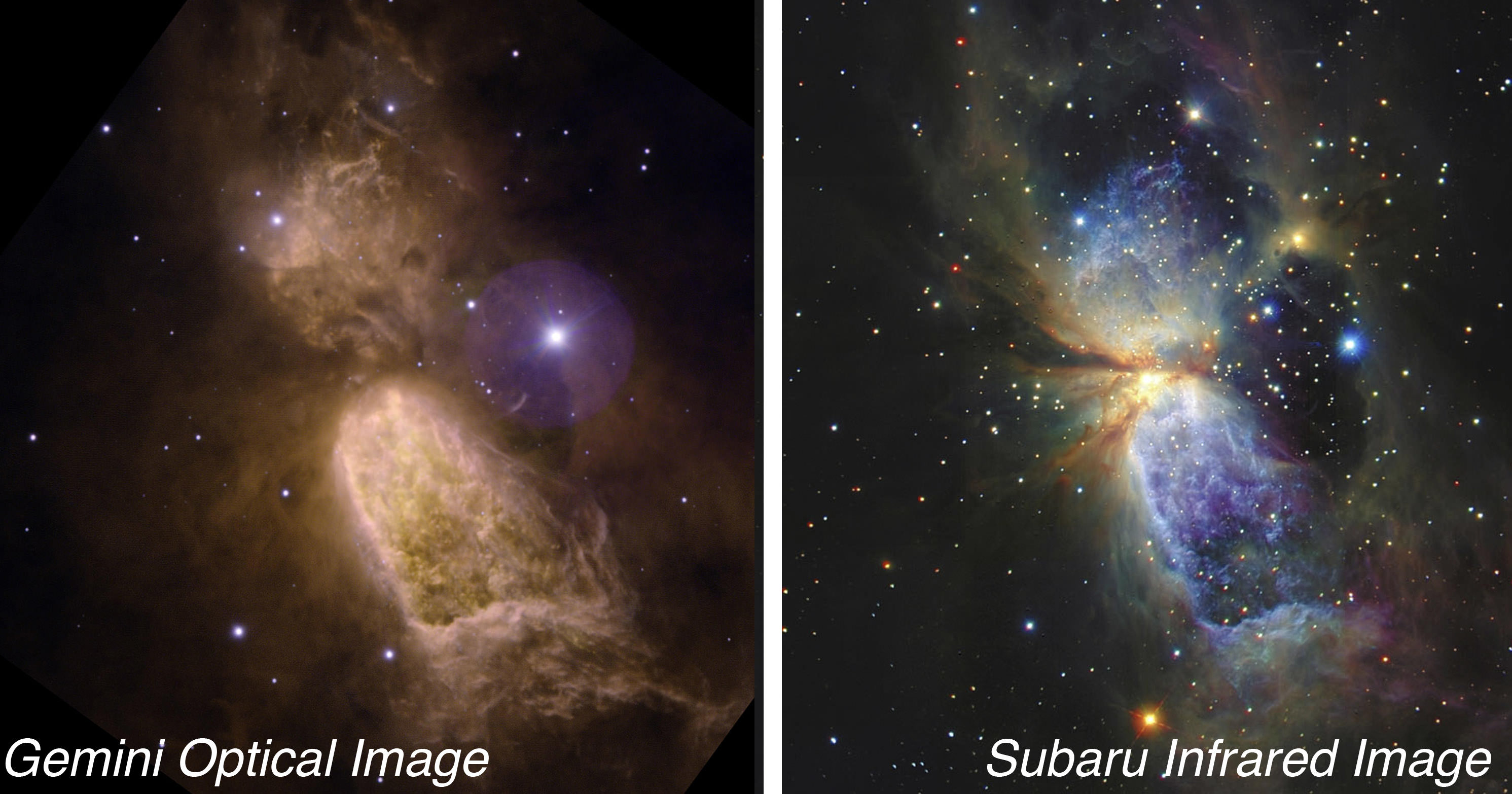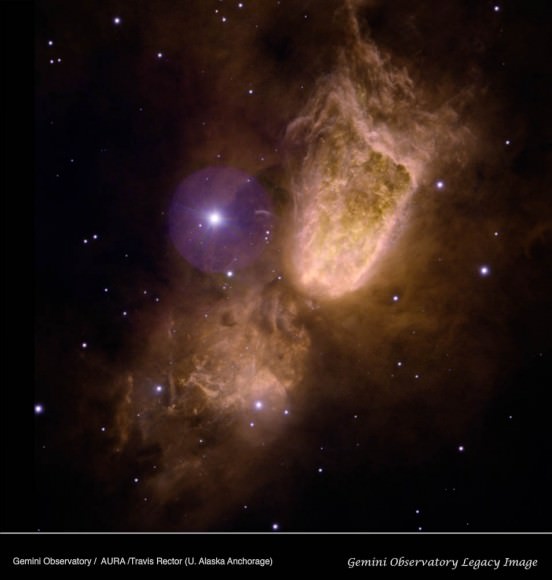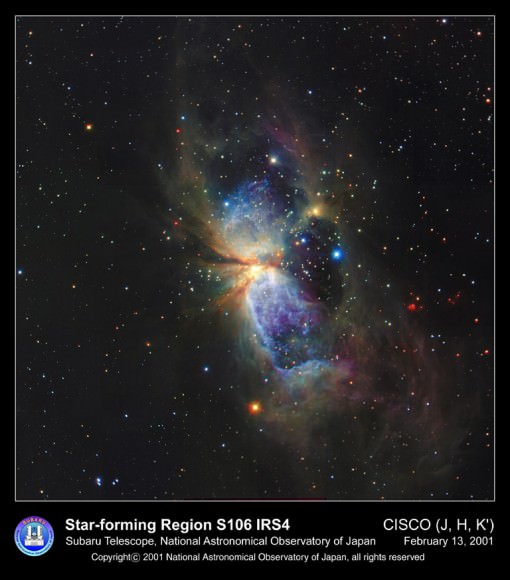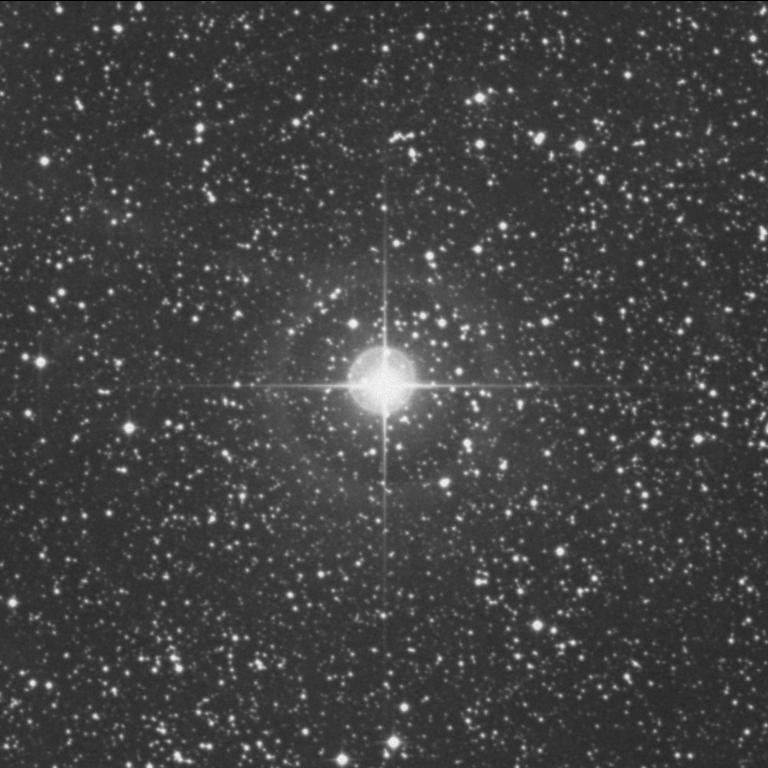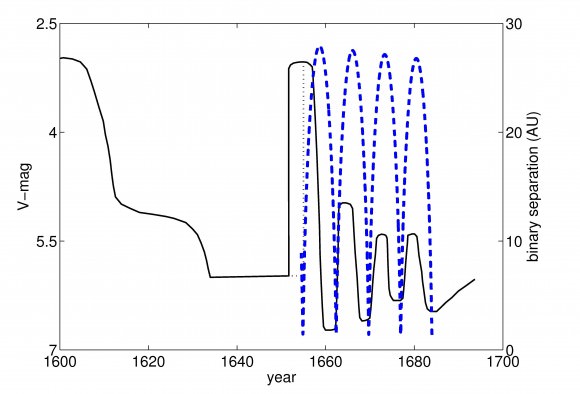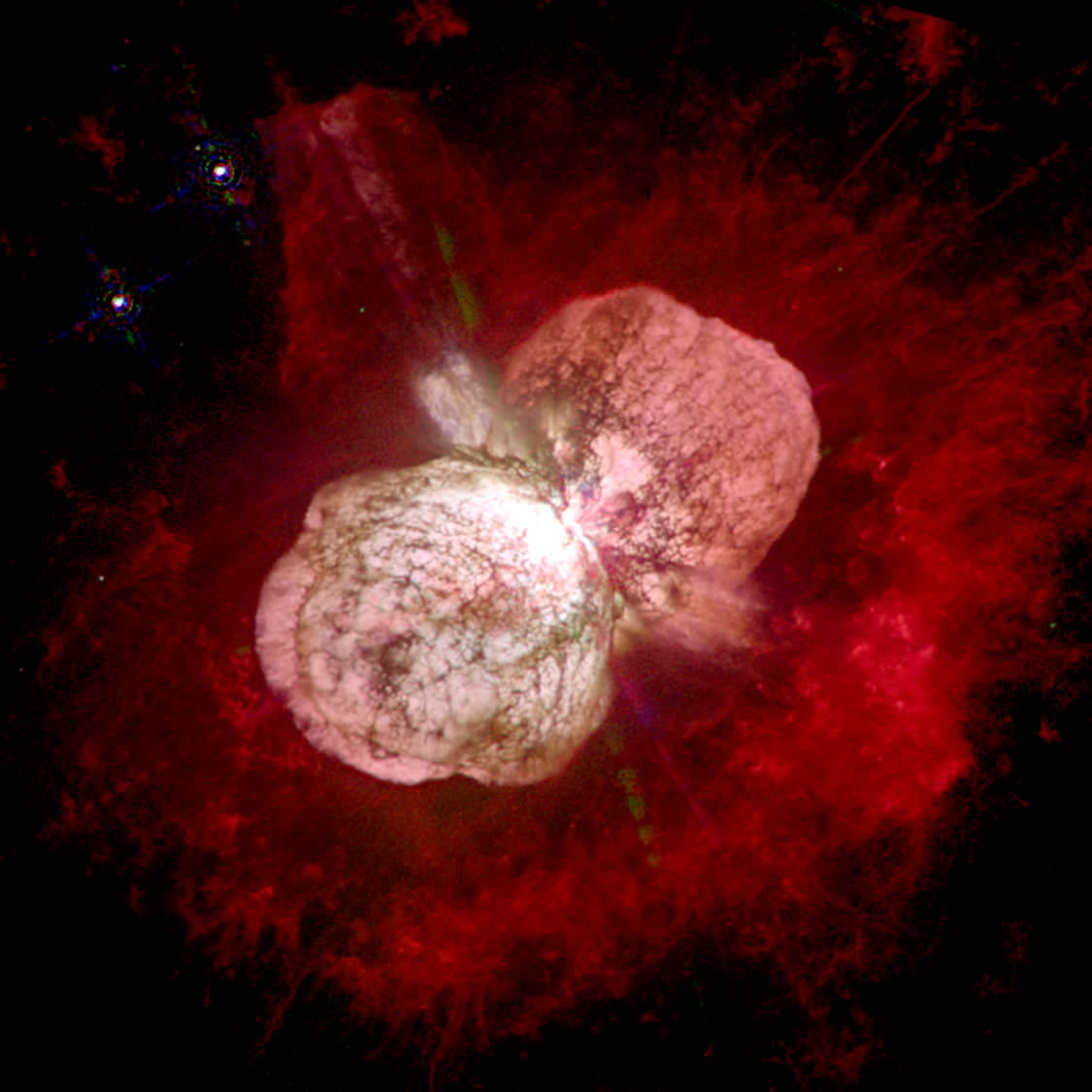[/caption]
‘Twinkle twinkle little star, how I wonder what you are?’ This nursery rhyme is one of the best loved around the World. For astronomers though, stars can be a bit more of a nightmare, not only in understanding their complex evolutionary processes but also and perhaps more simply, figuring out how many there are. Until now there has been a gross mismatch between the number of stars that are found within our galaxy, the Milky Way and the amount that astronomer think should be there. In short, where are the missing stars?
The Milky Way is joined by about 30 other galaxies that make up our local group of galaxies, including the Andromeda Galaxy and according to current theories there should be about 100 billion stars in each. The calculations are based on the rate of star birth in the Milky Way, about 10 new stars per year. But according to Dr Jan Pflamm-Altenburg of the Argelander Institute for Astronomy at the University of Bonn “Actually, it would give many more stars than we actually see” and therein lies the problem.
The recent study by Dr Pflamm-Altenburg and Dr. Carsten Weidner of the Scottish St. Andrews University suggests that perhaps the estimated rate of star birth being used to calculate the number of stars could simply be too high. With galaxies in our Local Group its relatively easy to just count the number of new stars that can be seen but for more distant galaxies, they are too far away for individual stars to be seen.
By studying the nearby galaxies, Pflamm-Altenburg and Weidner discovered that for every 300 young small stars, there seems to be one large massive new star and fortunately this seems to be universal. Due to the unique nature of the massive young stars, they leave a tell tail sign in the light of distant galaxies so even though they cannot be individually identified they can still be detected and the strength of the signal determines the number of massive stars. Multiply by the number of massive stars by this ratio of 300 and the actual rate of stellar birth can be calculated.
It seems though that this rate has varied over the history of the Universe and dependent on the amount of ‘space’ available in the vicinity of the star formation. If there is a baby boom in star formation then a higher number of heavies seem to form in a theory called ‘stellar crowding’. When stars form, they form as clusters rather than individual stars but it seems that the overall mass of the group is the same, regardless of how many star embryo’s there really are. When star birth is at a high rate, space can be limited so larger more massive stars tend to form compared to smaller stars.
Massive galaxies like this where star birth is booming are called “ultra-compact dwarf galaxies” (UCDs). Sometimes its possible in these galaxies that young stars can even fuse together to form larger stars so the large to small ratio can be around 1:50 instead of 1:300. This means we have been using the wrong figure and estimating far too high.
Using this new found figure, Pflamm-Altenburg and Weidner have recalculated the number of stars that ‘should’ be in a galaxy and compared to those that we can see and rather pleasantly, the numbers match! It seems that the conundrum of the missing stars that has been perplexing astronomers for decades has finally been resolved.
Source: University of Bonn


